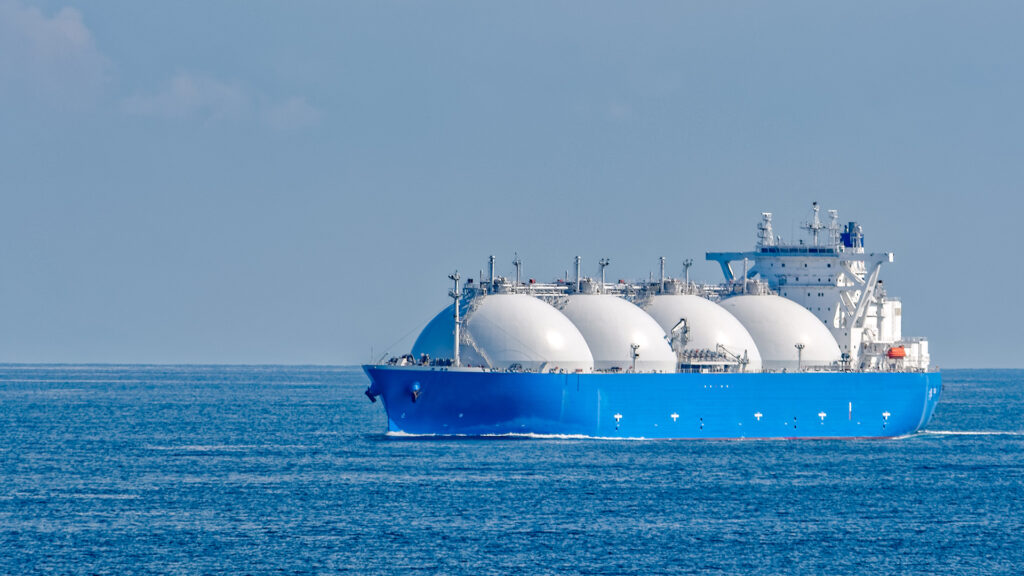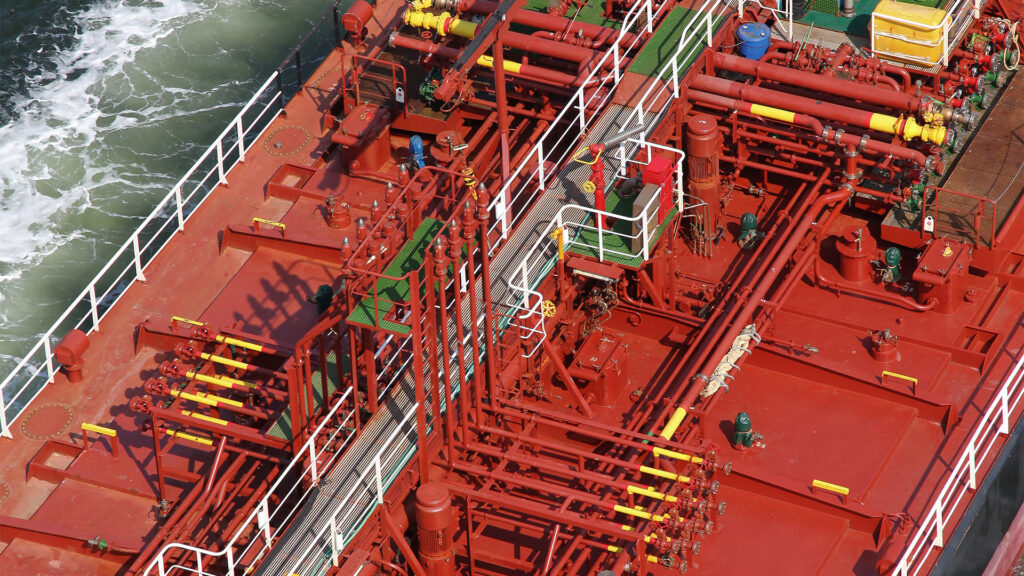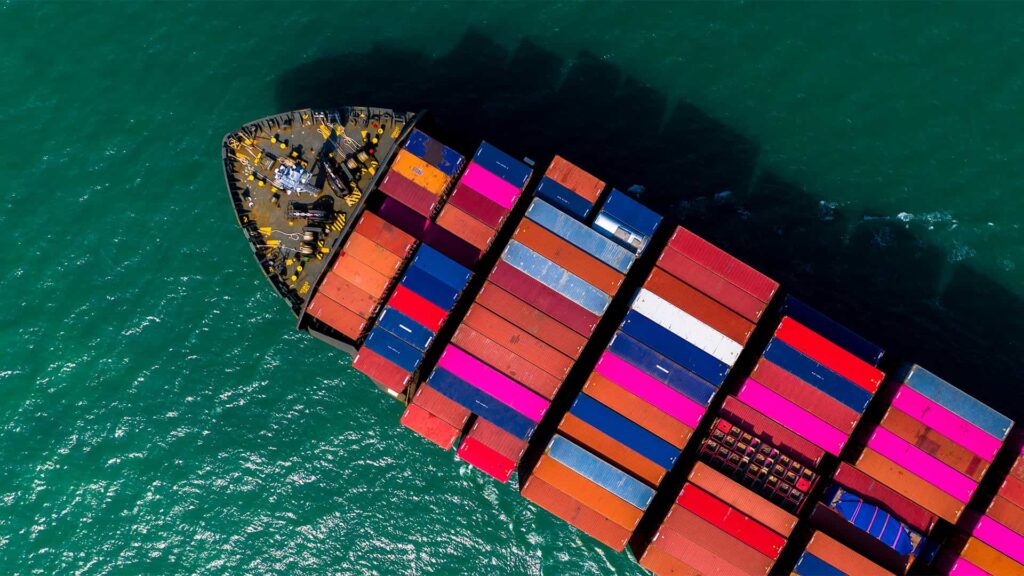
A Guide to the Coastal Trading Reforms in Australia
The roll out of the Coastal Trading legislation, which came into effect on 1 July 2012 is now largely complete. However, questions regarding the applicable legislative framework governing the employment conditions and health and safety of seafarers are continuing to arise due to uncertainty regarding which legislation applies to particular types of voyages on licensed vessels carrying domestic cargoes.
As a result, the table (see attached PDF) and commentary below seek to summarise the application of the relevant legislation to interstate and intrastate voyages.
Coastal Trading (Revitalising Australian Shipping) Act 2012 (Cth)
The definition of coastal trading in s.7 excludes intrastate voyages in which a domestic cargo (or passengers) is carried. Accordingly, the Coastal Trading (Revitalising Australian Shipping) Act 2012 only applies to domestic cargo carried on interstate voyages and to the interstate component of a domestic cargo carriage when a voyage includes both interstate and intrastate cargo on the same ship, but not intrastate voyages carrying domestic cargo alone.
According to s.13(1)(a), an application can be made for a general licence only if the vessel is registered on the Australian General Shipping Register (AGSR). Accordingly, owners of vessels registered in the Australian International Shipping Register (AISR) cannot apply for a general licence.
The Coastal Trading (Revitalising Australian Shipping) Act 2012 only applies to AISR vessels that are operating under temporary and emergency licences.
The Fair Work Act 2009 (Cth)
As of 1 January 2010, the coverage of the Fair Work Act 2009 was extended by regulations 1.15B, 1.15D and 1.15E of the Fair Work Regulations 2009 to certain ships, including some foreign flagged ships operating in Australian waters (EEZ1 and waters above the continental shelf) under the former permit and licence system of Part VI of the Navigation Act 1912.
Whilst regulation 1.15D specifically excludes the application of the Fair Work Act 2009 to waters within the limits of a State or Territory (i.e. intrastate voyages), the Act does apply to vessels engaged in coastal trade under the new regime. This is reflected in the recently amended Fair Work Regulations 2009, which came into effect on 21 August 2012.
The new regulations extend the operation of the Fair Work Act 2009 to ships in Australia’s EEZ and the continental shelf that are operating under an emergency/a general/a temporary/a transitional general licence issued under the Coastal Trading (Revitalising Aus Shipping) Act 2012.
The Fair Work Act 2009 does not apply to AISR vessels engaged in international trade (s. 61AA(a) Shipping Registration Amendment (Australia International Shipping Register) Act 2012). International trade does not include coastal trade, therefore the Fair Work Act 2009 will apply to vessels registered on the AISR that are engaged in coastal trade only.
Seagoing Industry Award
The Seagoing Industry Award (SIA), which is a national award that establishes a set of minimum conditions for employers and employees in the maritime industry, continues to apply to vessels that are covered by the Fair Work Act 2009. The current SIA still employs the language of the former permit and licence regime and will thus need to be amended accordingly to reflect the new three-tier licensing system.
According to Fair Work Australia, the SIA is currently under review.
Application of the Fair Work Act 2009 (Cth) and the Seagoing Industry Award to Ballast Voyages
The jurisdiction of Fair Work Australia under the Act applies to ships as soon they enter Australia’s EEZ.
However, the payment of wages and other entitlements under the SIA (Part B) are only triggered once the vessel is engaged in coastal trading in accordance with the Coastal Trading (Revitalising Australian Shipping) Act 2012, i.e. when it is carrying passengers or cargo.
As a result, the Fair Work Act 2009 and the SIA (Part B) do not appear to apply to the ballast component of a coastal trading voyage.
Seafarers Rehabilitation and Compensation Act 1992 (Cth)
Pursuant to s.19 of the Seafarers Rehabilitation and Compensation Act 1992, the Act applies to the employment of employees on a prescribed ship engaged in trade or commerce. According to s.3, a prescribed ship means a ship to which Part II of the Navigation Act 1912 applies, ie a ship registered in Australia, a ship engaged in the coasting trade or a ship of which the majority of the crew are residents of Australia and which is operated by a person who is a resident of, or has his principal place of business in, Australia, or a firm that has its principal place of business in Australia, or a company that is incorporated, or has its principal place of business, in Australia, but does not include Government ships. Therefore, under the Coastal Trading (Revitalising Australian Shipping) Act 2012, the Seafarers Rehabilitation and Compensation Act 1992 does not extend to foreign ships that are only engaged in intrastate voyages.
According to s. 61AA of the Shipping Registration Amendment (Australia International Shipping Register) Act 2012, the Seafarers Rehabilitation and Compensation Act 1992 does not apply to ships registered on the AISR at any time.
For the sake of completeness, because of the operation of s.61AA(c) of the Shipping Registration Amendment (Australia International Shipping Register) Act 2012, State and Territory workers’ compensation legislation will not apply to AISR ships at any time.
Occupational Health and Safety (Maritime Industry) Act 1993 (Cth)
Section 6(3A)(b) of the Occupational Health and Safety (Maritime Industry) Act 1993 states that the Act applies to ships engaged in coastal trading under a general licence, to vessels under a temporary licence if the vessel is registered on the AISR, and to ships operating under an emergency licence, regardless of whether they are registered on the AGSR or AISR.
The Occupational Health and Safety (Maritime Industry) Act 1993 does not apply to foreign ships that are only engaged in intrastate voyages as, similar to the Seafarers Rehabilitation and Compensation Act 1992, the Act states that it applies to a ‘prescribed ship’ engaged in trade or commerce, which refers to the Part II definition in the Navigation Act 1912, which as noted above, excludes intrastate voyages. Moreover, it is a Commonwealth Act and thus will cover vessels travelling interstate, leaving intrastate voyages to the jurisdiction of the individual State and Territory occupational health and safety acts.
State and Territory Occupational Health and Safety legislation
State and Territory health and safety legislation2, for example, s.5 of the Occupational Health and Safety Act 2004 in Victoria, defines a workplace as inclusive of ships, boats, airplanes, etc. Therefore, foreign registered vessels that are only engaged in intrastate voyages, will be covered by the health and safety act of the state and/or territory in which the ship is located.
Migration Act 1958
The Migration Act 1958 (MA) provides that every person who is not an Australian citizen is required to hold an appropriate visa to enter Australia’s migration zone3. Therefore, all foreign crew of non-military4 ships will be subject to visa requirements, irrespective of the voyage that is being conducted by the vessel. The visa that is required to be obtained will be determined by the proposed activity being conducted in Australia’s migration zone.
Generally, a Maritime Crew Visa (subclass 988) (MCV) will be required for all foreign crew of non- military ship entering and departing Australia. If foreign crew are required to work on board vessels which will be operating in Australia, they will be required to hold a visa with work rights, usually the Temporary Business (Long Stay) (subclass 457) visa (457 visa).
From 1 July 2012, the Migration Regulations 1994 (MR) were amended to align with the Shipping Reform amendments. The effect of these amendments is that foreign crew of non-military ship which are registered on the AISR are entitled to work in Australia on those vessels, while the vessels are in Australia5 without the need to obtain a 457 visa.
In consideration of the three tier licensing regime recently implemented under the Shipping Reform, it would appear that foreign crew of general licensed vessels would need to obtain 457 visas, whilst those on board temporary and emergency licensed vessels can obtain either 457 visas or MCV, determined by whether or not the vessel is registered on the AISR. It should be noted that only certain skilled foreign crew are able to apply for the 457 visa, namely: Ship’s Engineer, Ship’s Master and Ship’s Officer6.
Customs Act 1901
Under s.68 of the Customs Act 1901, any self-powered vessel that arrives in Australia that is imported or is intended to be imported must be entered for home consumption. In this regard, an intention to import a ship may be evidenced if the ship interrupts an international voyage by remaining in Australia and specifically by engaging in the domestic economy.
The importation of ships has a major consequence with regard to crew visa requirements since any crew on a MCV have five days to leave the country. The ship must then employ crew with appropriate work rights in Australia.
Section 112 of the Coastal Trading (Revitalising Australian Shipping) Act 2012, however, provides that a vessel is not imported into Australia only because it is used to carry passengers or cargo under a temporary or an emergency licence.
Although intrastate voyages are outside the scope of the Coastal Trading Act, it remains uncertain at present how Customs will treat such voyages and discussions are continuing between Government and industry.
Accordingly, the Customs Act 1901 will apply to vessels operating under a general licence and to vessels registered on the AISR, but not to vessels under temporary or emergency licences, whilst the position in relation to intrastate voyages remains uncertain.
Conclusion
As will be clear from the above commentary and table below, significant ongoing issues will continue to impact on the shipping industry, both in regard to coastal and international trading for the foreseeable future. As a result, it will be important for all shipping industry participants to ensure that careful consideration is given to every aspect of both their existing and any new business opportunities in order to fully comprehend and assess the full impact of the new coastal trading regime, including the related legislative amendments. Any failure to do so might result in cost increases greatly in excess of those initially contemplated.
Footnotes
Download a PDF version of ‘A Guide to the Coastal Trading Reforms in Australia’











